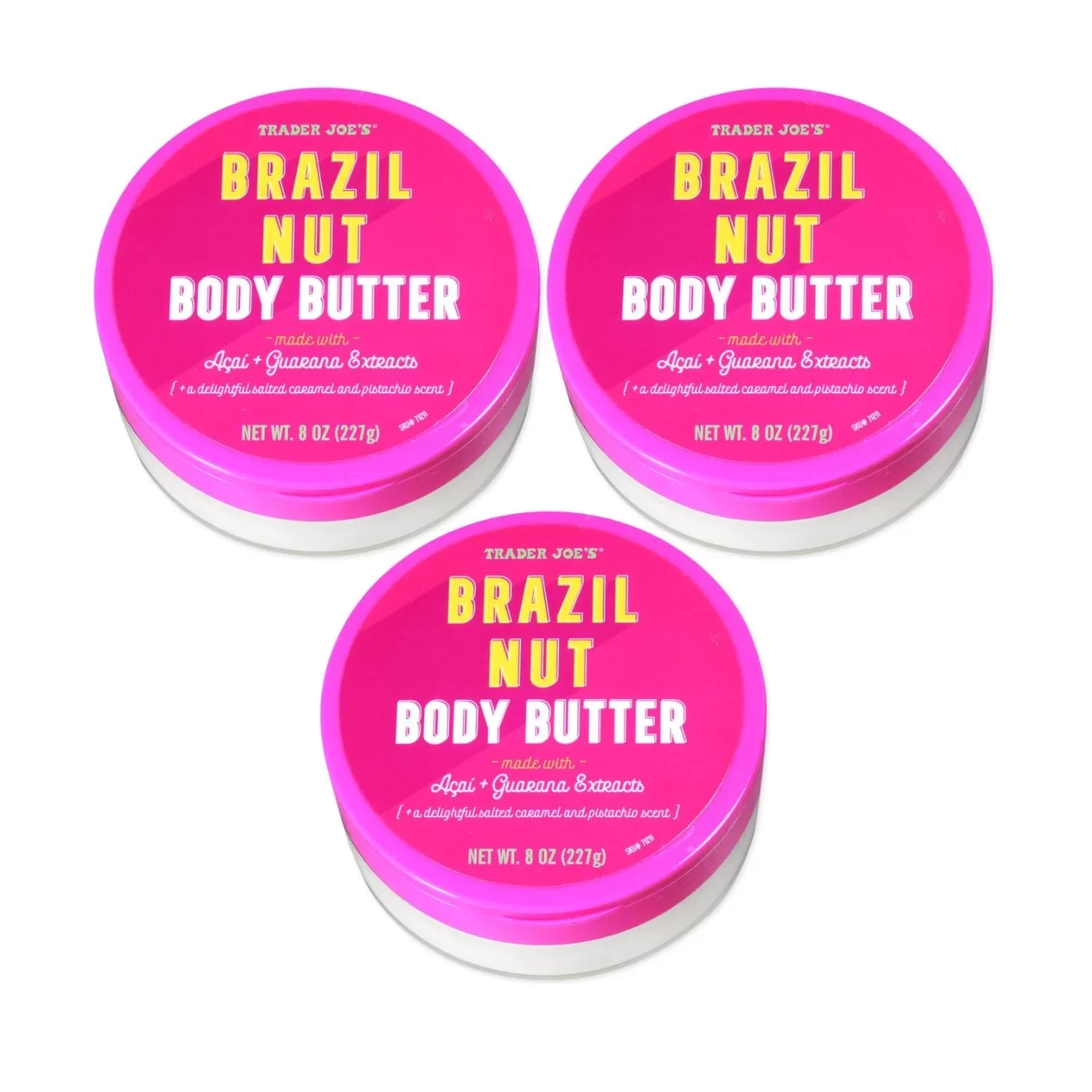
 By
Your Beauty Plug
By
Your Beauty Plug
Honey, a natural substance produced by bees, has been used for centuries in various cultures for its numerous health and beauty benefits. One of the lesser-known uses of honey is for hair removal. This article will explore the effectiveness of honey for hair removal, how it compares to other methods, and its potential benefits and drawbacks.
Honey is often used in a method of hair removal known as ‘sugaring’. This process is similar to waxing, where hair is plucked out of the follicle. Some people add honey to the sugaring mixture, which typically consists of granulated white sugar. Honey is recognized for its potential dermatological benefits, including antimicrobial properties and the treatment of skin disorders.
While there are no FDA-approved guidelines for DIY sugaring to remove hair, a common recipe includes 2 cups of white granulated sugar, 1/4 cup of water, and 1/4 cup of lemon juice. Those who prefer to include honey modify the recipe to 1/4 cup of honey, 1 cup of white granulated sugar, and 1 tbsp of lemon juice. Some proponents of DIY sugar waxing or honey waxing add a few drops of scented oil to the mixture as it cools, prior to application.
The ingredients are typically heated and blended together, then cooled until warm but not hot. The warm mixture is applied to the skin and covered with a strip of cloth or paper. When the mixture has cooled, the cloth or paper is quickly removed, pulling the hairs stuck to it.
While honey is effective for removing facial hair to a certain degree, it does not destroy the hair follicle. To permanently remove the hair follicle, you would need an energy-based treatment, such as lasers or IPL. Even laser hair removal isn’t technically considered completely permanent, as yearly touch-ups are often required.
A common DIY recipe for facial hair removal involves mixing one tablespoon of honey with two tablespoons of sugar and a tablespoon of water. The mixture is microwaved until the sugar dissolves. The paste is applied to areas with unwanted facial hair, covered with a cotton cloth, allowed to cool, and then pulled off in the opposite direction of hair growth.
While waxing can provide long-lasting results, it is not without its drawbacks. Waxing can cause inflamed hair follicles, pain, redness, ingrown hairs, and skin irritation. Removing facial hair while using retinoid anti-aging or acne products can lead to abrasions, infection, and even scarring.
Honey is an antiseptic agent that can reduce inflammation and swelling caused by ingrown hairs. Honey also helps draw out any infection. Applying a thin layer of honey to the affected area and leaving it on for 10 minutes can help treat ingrown hairs.
For chin hair removal at home, you can use the same honey and sugar mixture mentioned earlier. Apply the mixture to the chin area, cover with a cotton cloth, let it cool, and then pull it off in the opposite direction of hair growth.
While honey is not a permanent solution for hair removal, it is a natural and potentially beneficial alternative to traditional methods. However, as with any DIY beauty treatment, it’s important to proceed with caution and consult a professional if you have any concerns.
Q: Can honey remove facial hair? A: Yes, honey can remove facial hair but it does not destroy the hair follicle.
Q: Can I remove chin hair at home using honey? A: Yes, you can use a mixture of honey and sugar for chin hair removal at home.
Q: How to use honey for hair removal? A: A common method involves mixing honey with sugar and lemon juice, applying the mixture to the skin, and then removing it with a cloth or paper.
Q: What are the disadvantages of waxing facial hair? A: Waxing can cause inflamed hair follicles, pain, redness, ingrown hairs, and skin irritation.
Q: Can honey help with ingrown hairs? A: Yes, honey can reduce inflammation and swelling caused by ingrown hairs.




